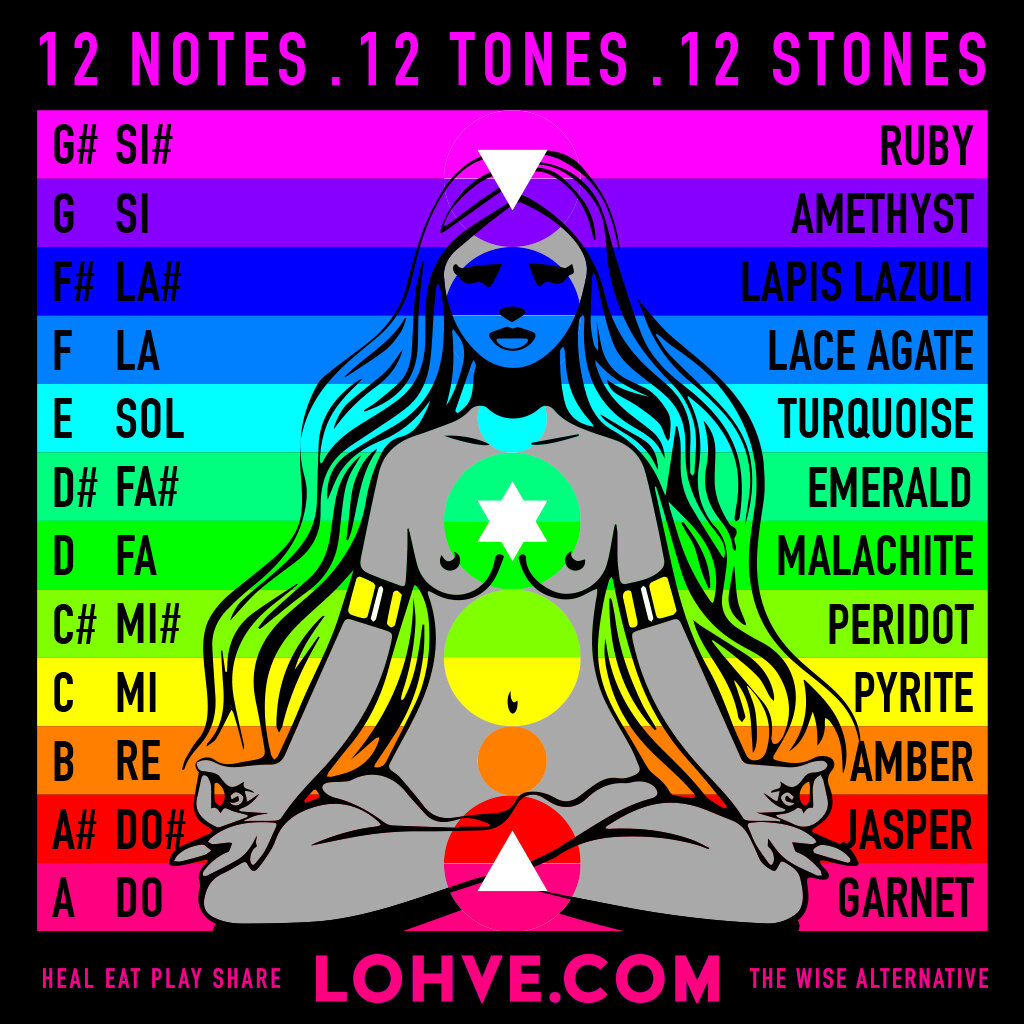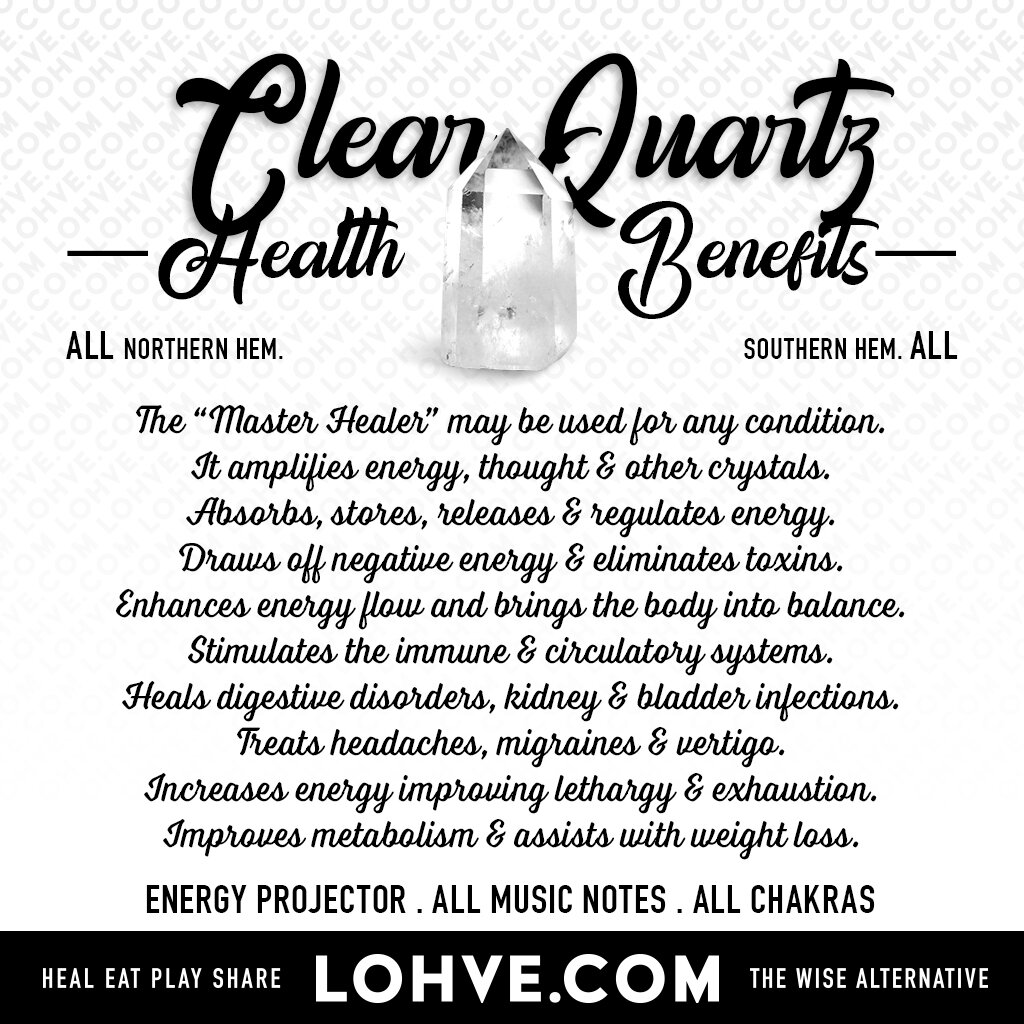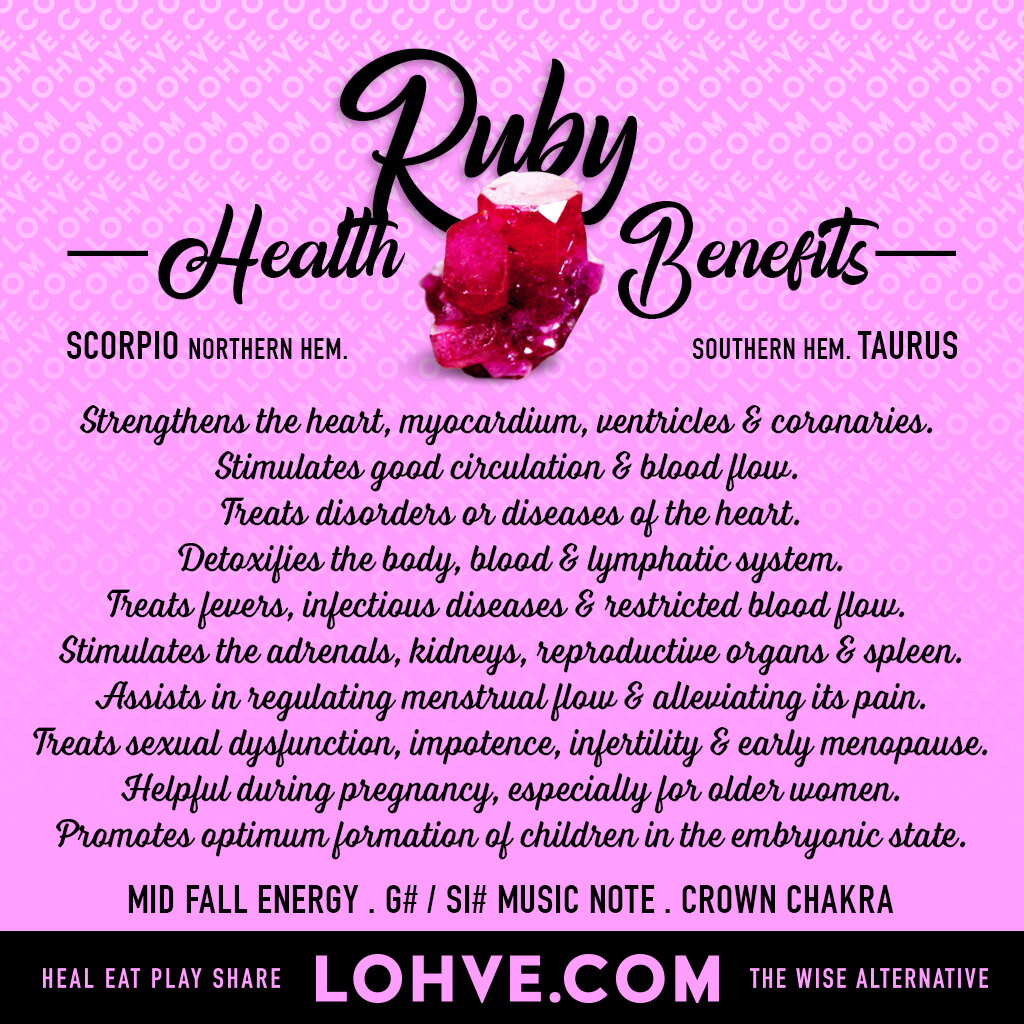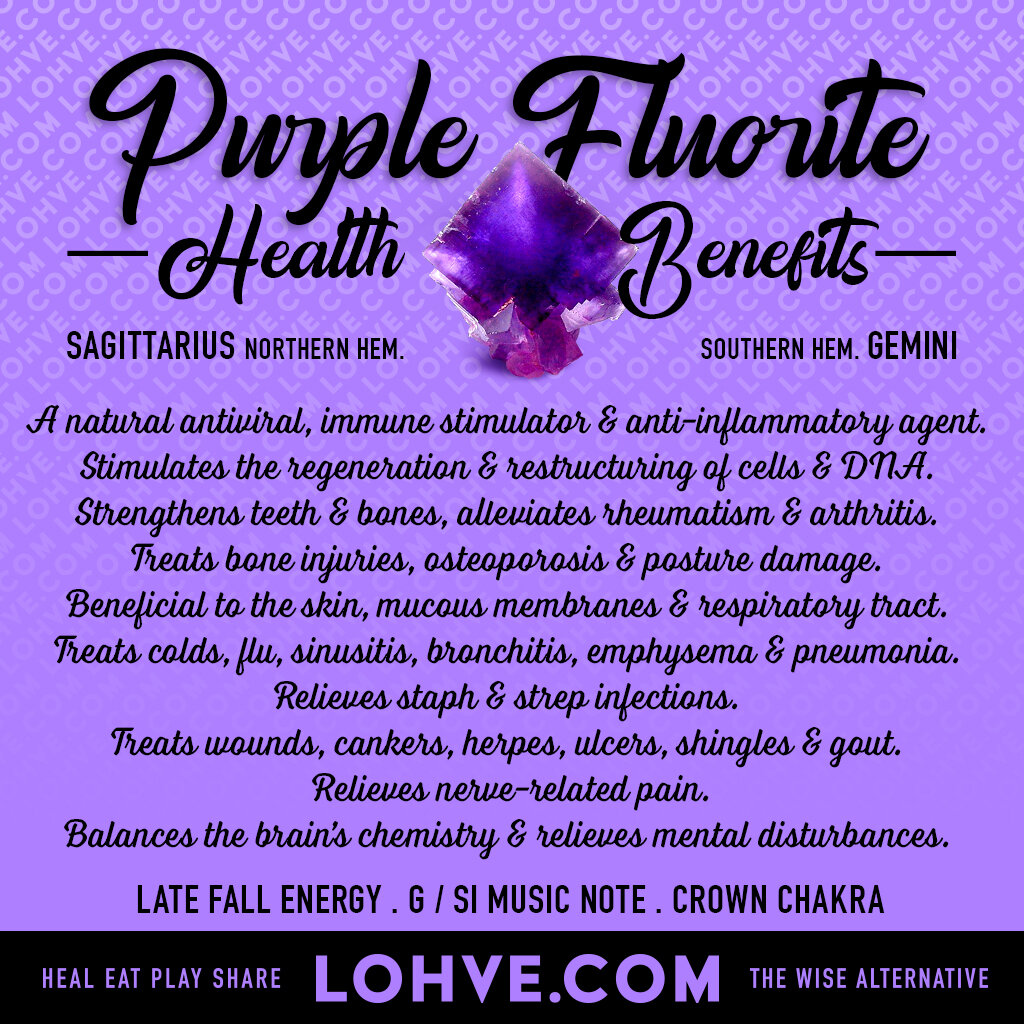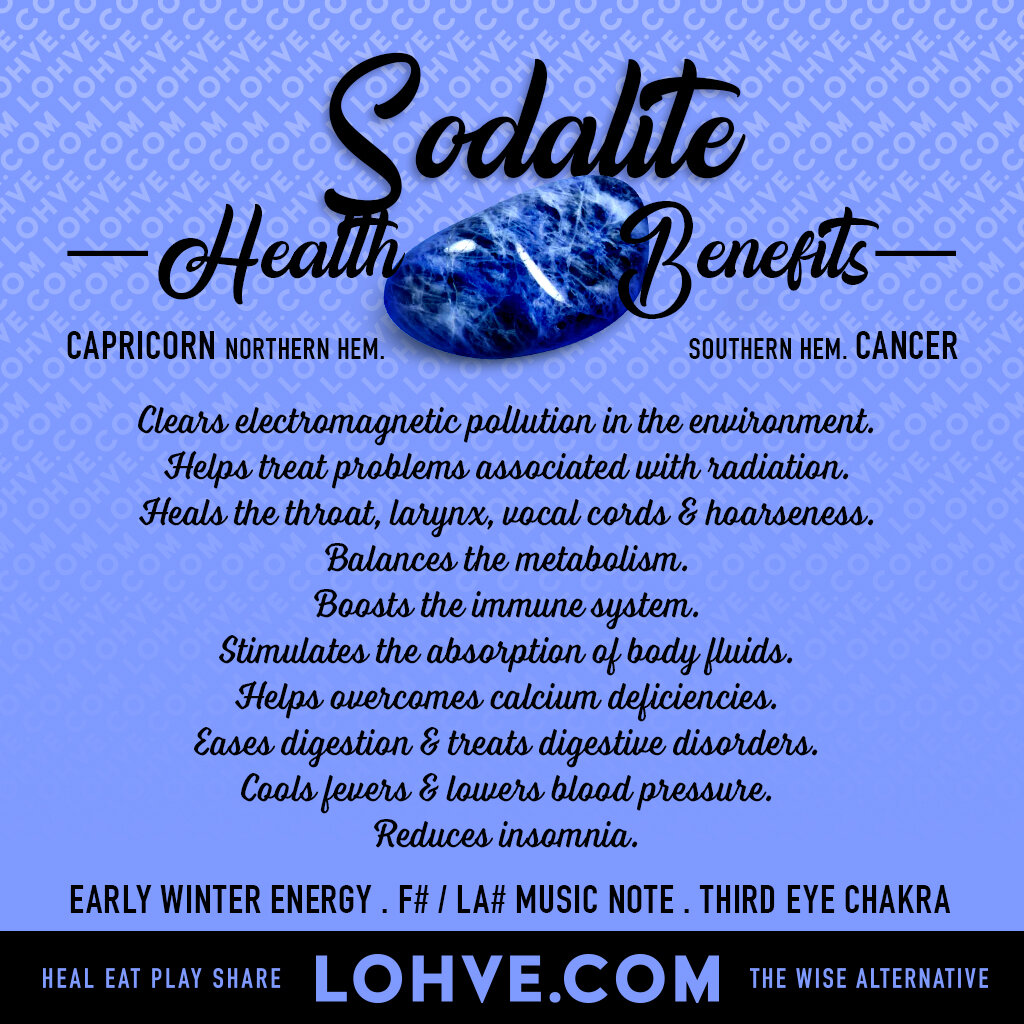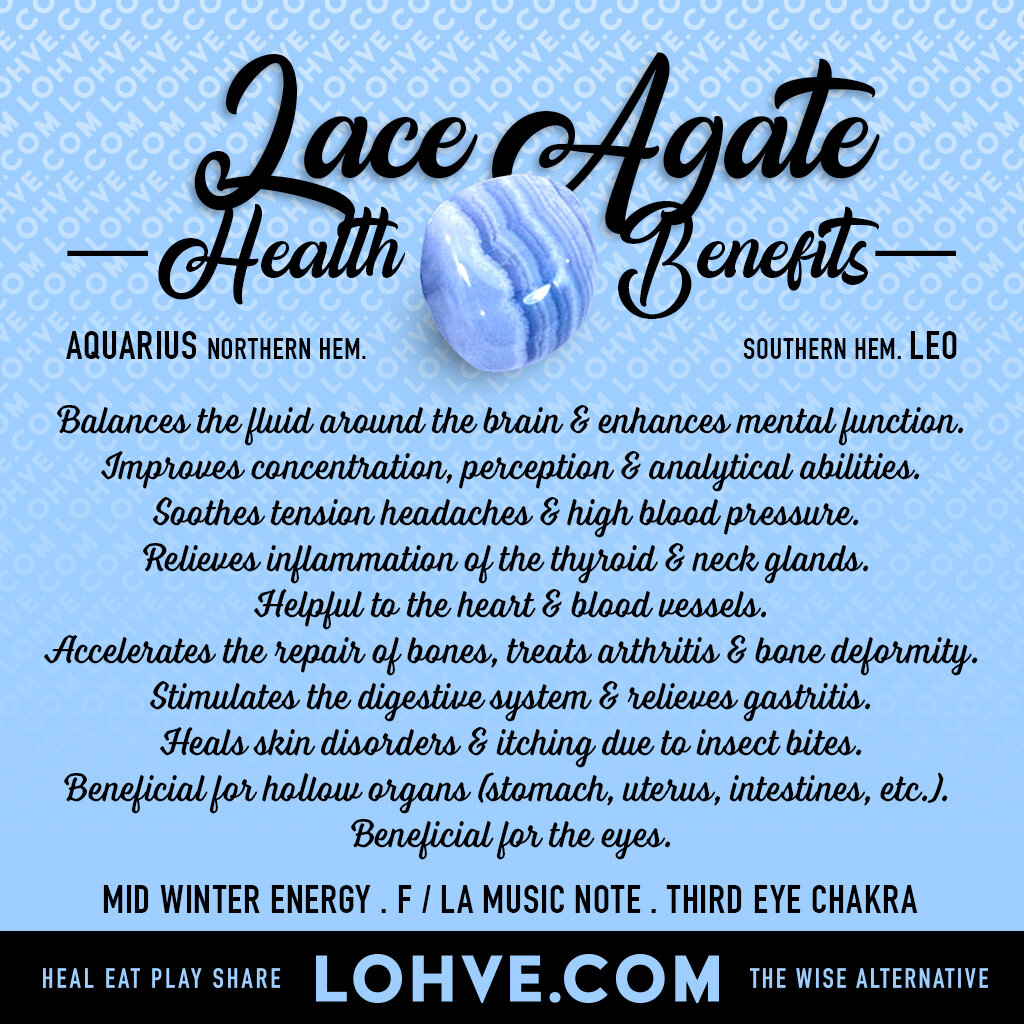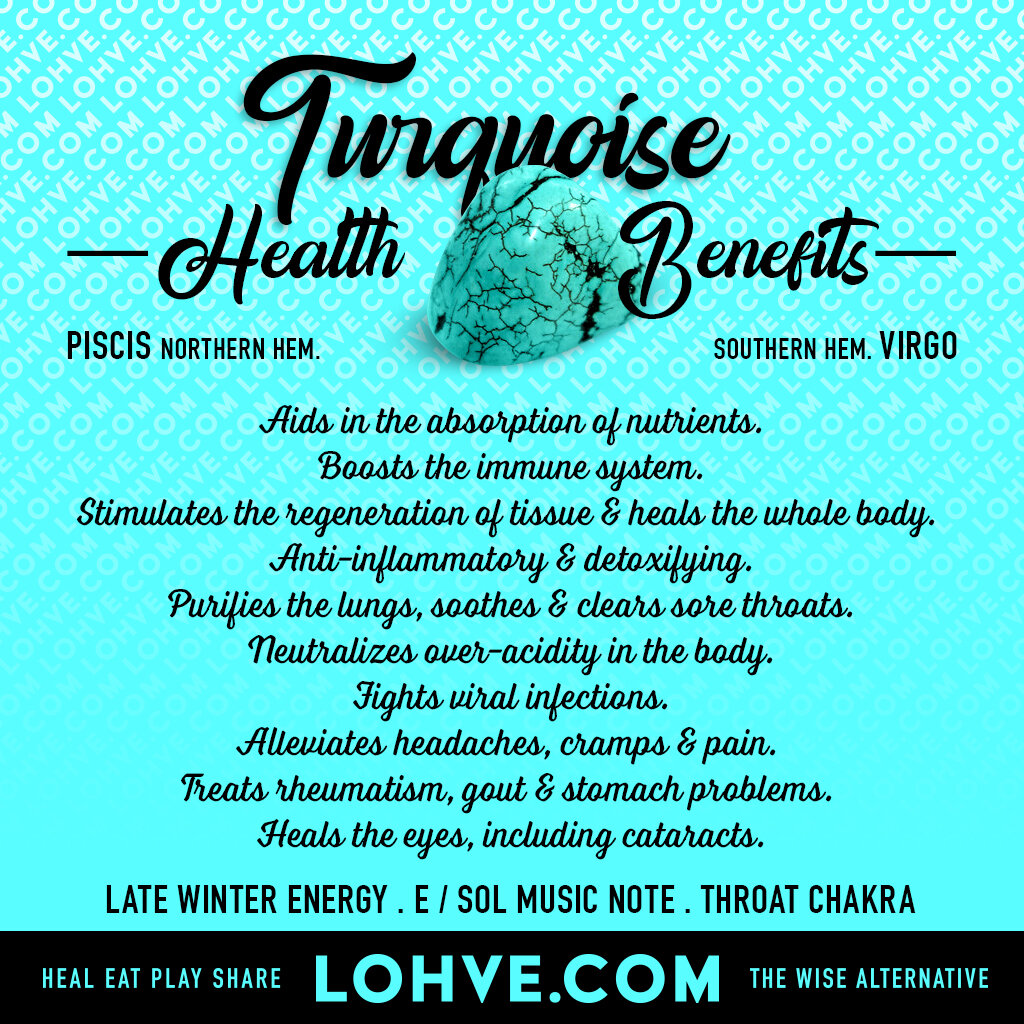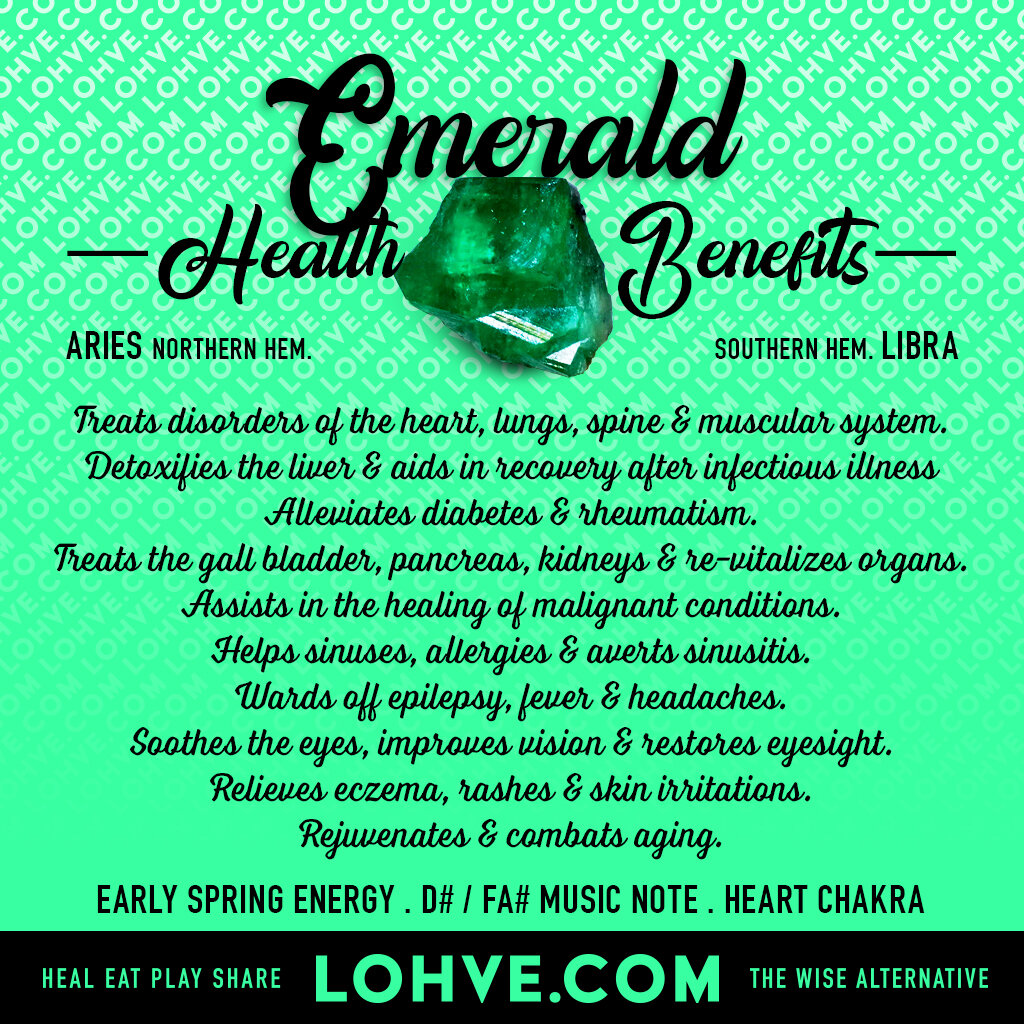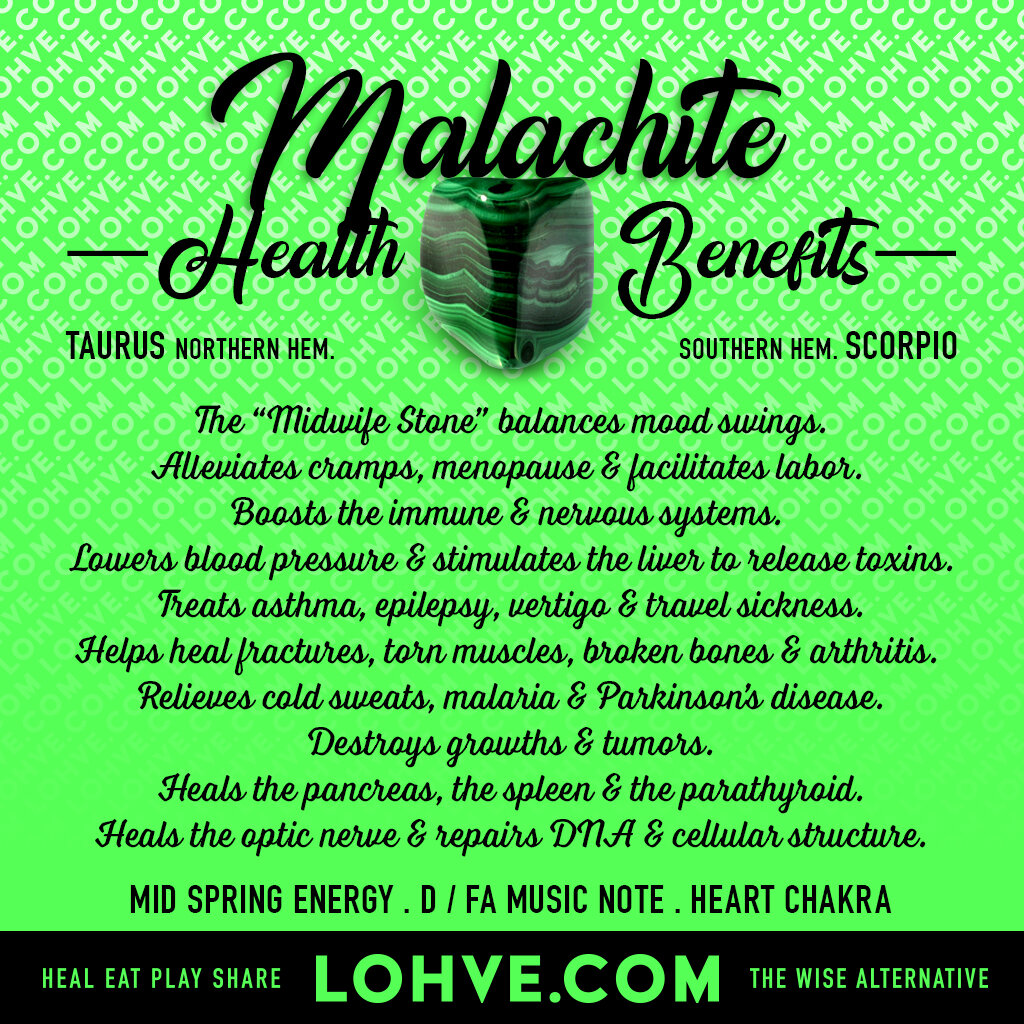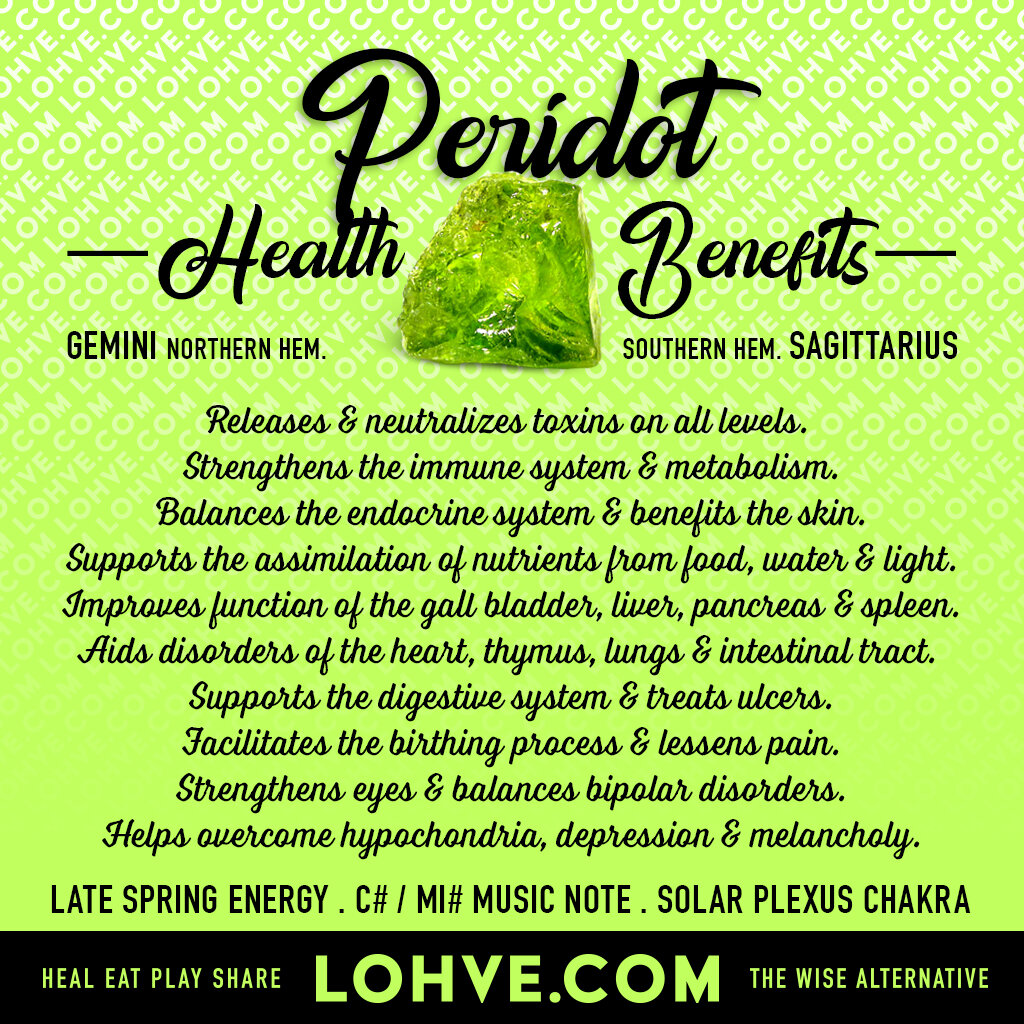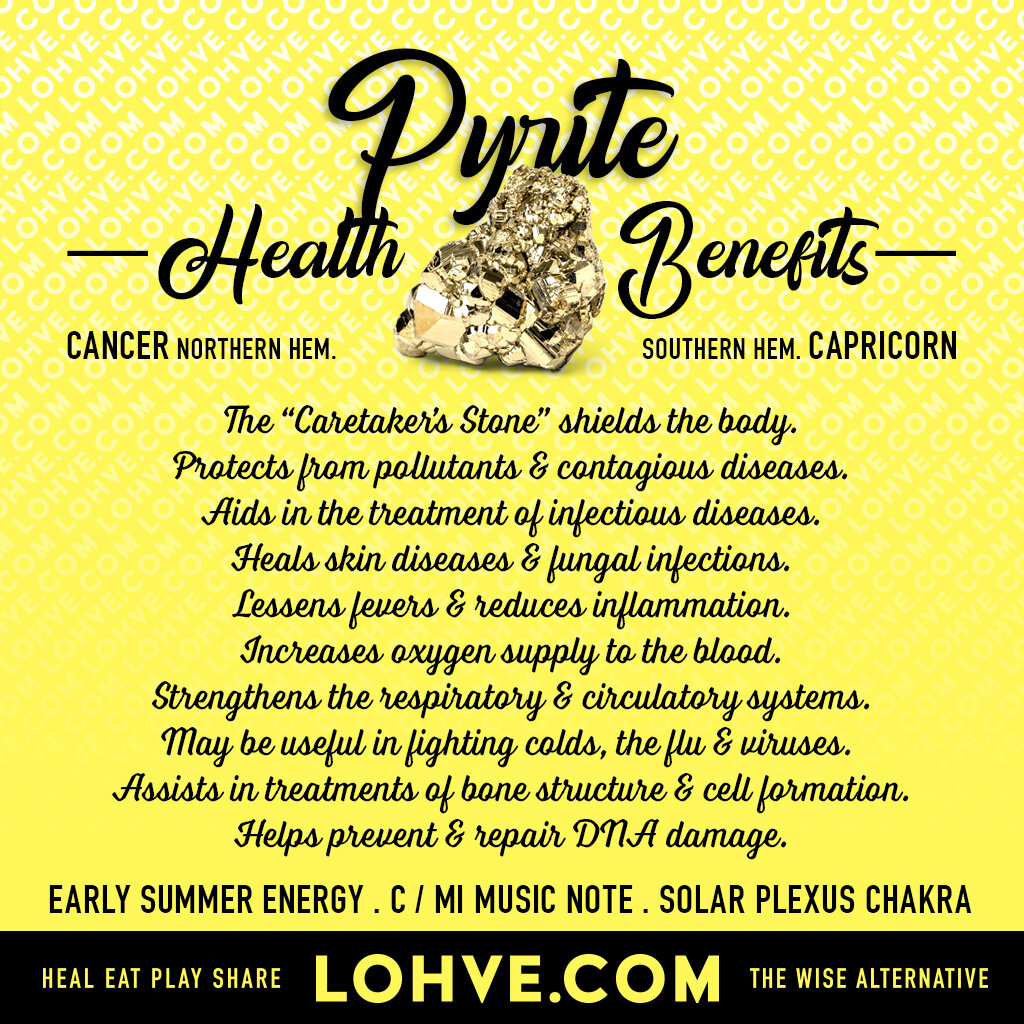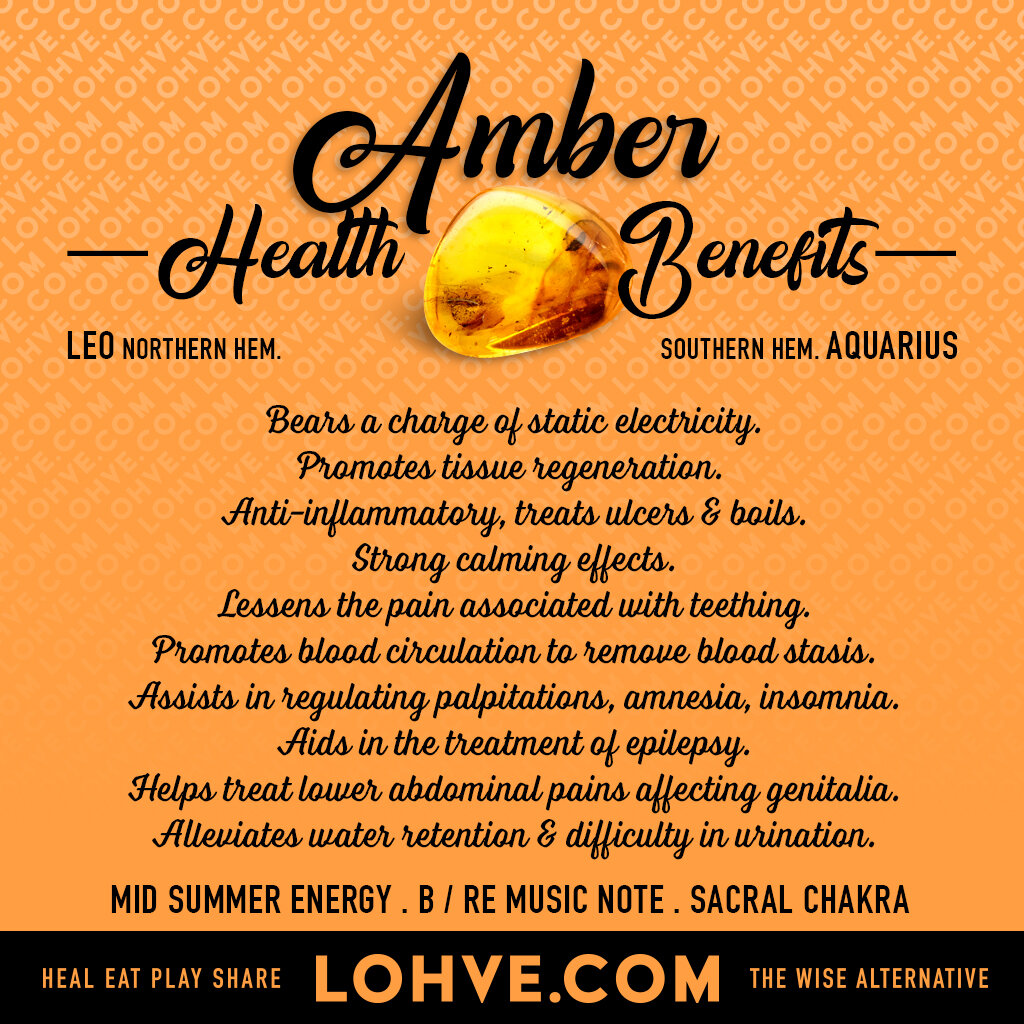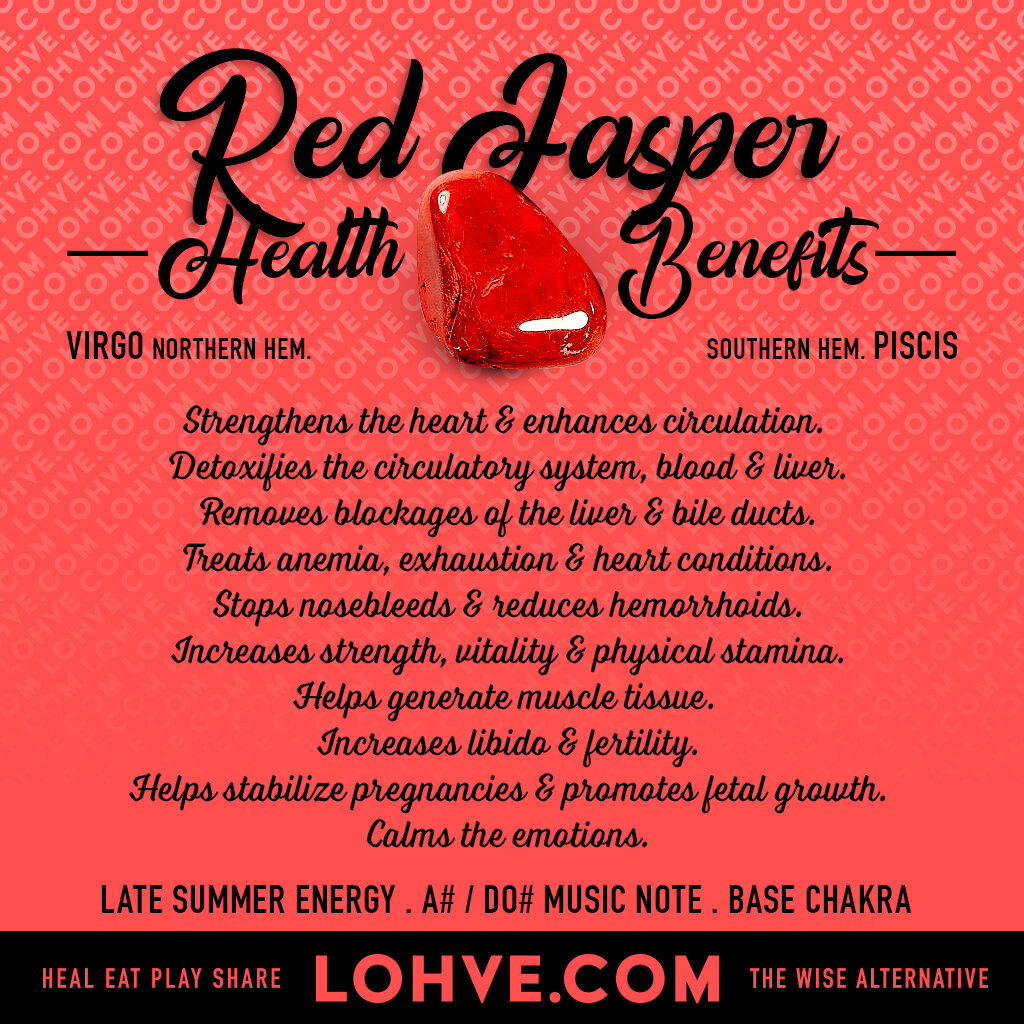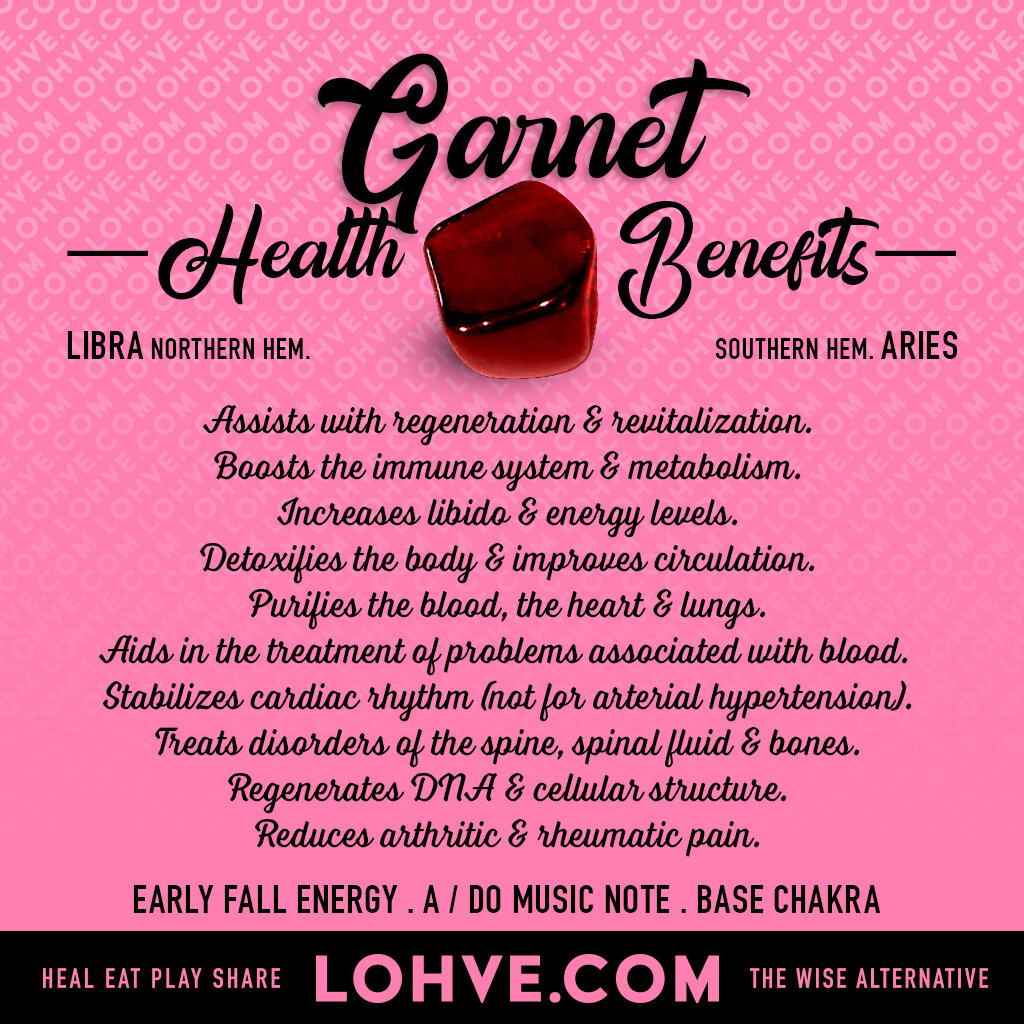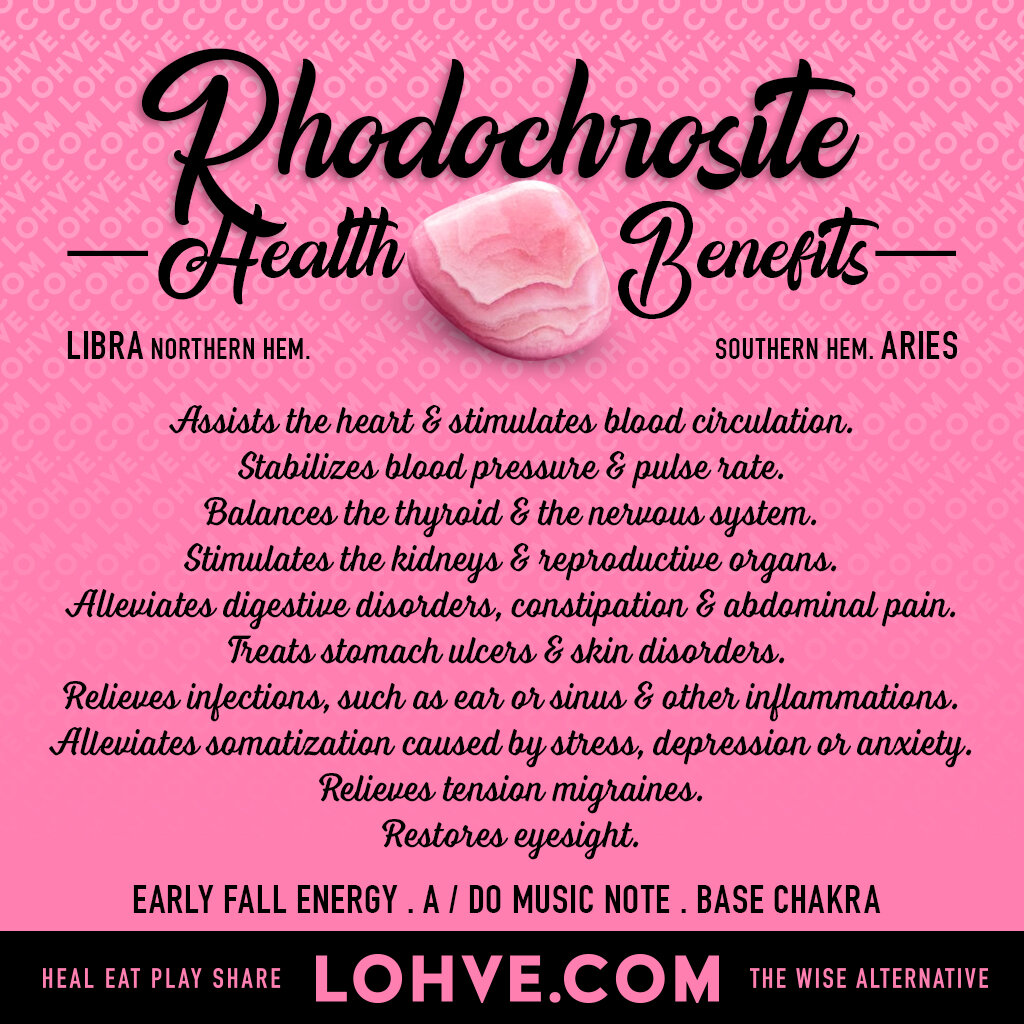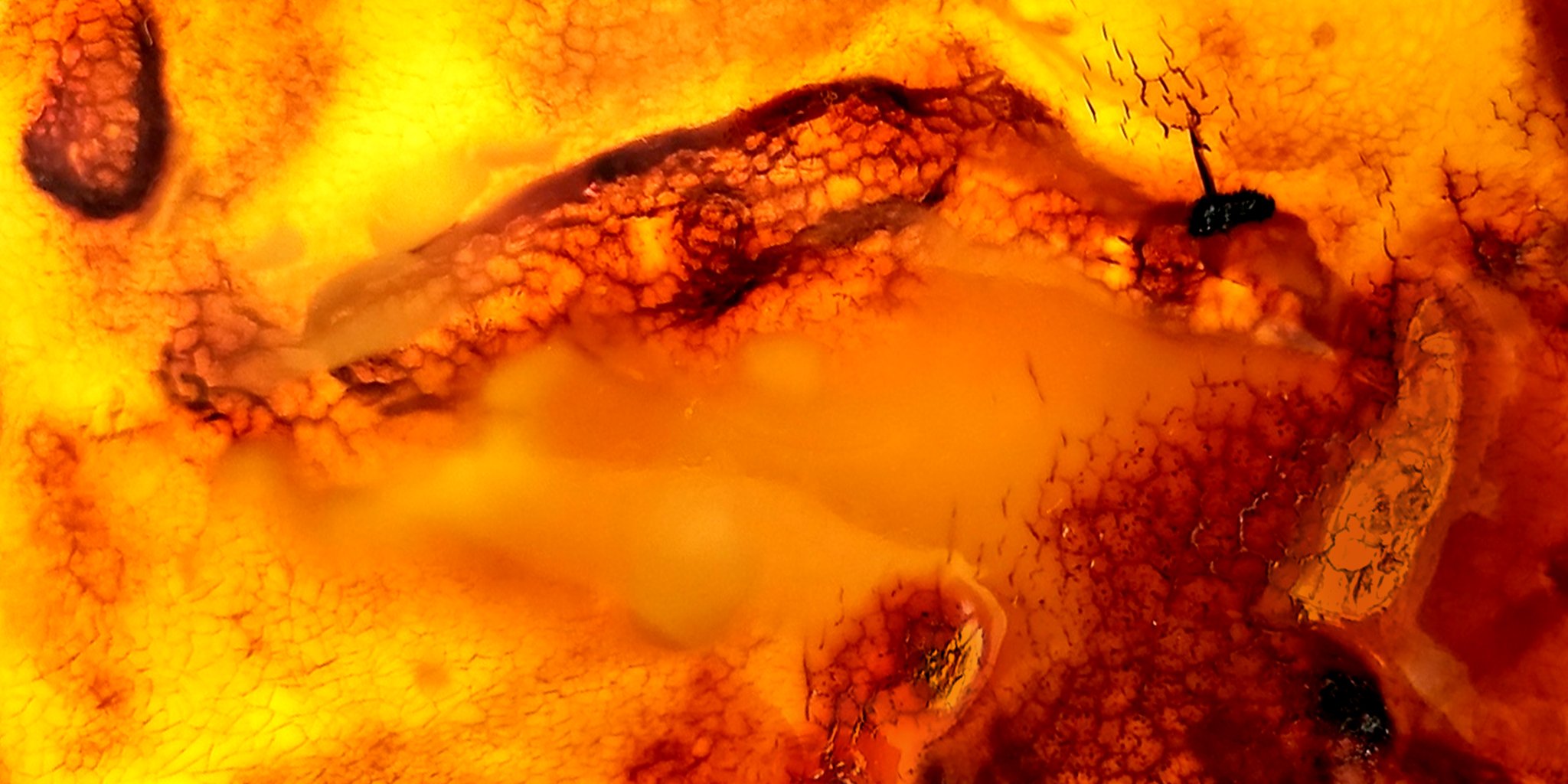
AMBER
CORRESPONDENCES . HISTORY . COMPOSITION . HARDNESS . HEALTH BENEFITS . COLLECTIBLE CARD . SHOP
CORRESPONDENCES
MID SUMMER
Energy
LEO
Northern Hemisphere
AQUARIUS
Southern Hemisphere
B / RE
Music Note
ORANGE
Color
SACRAL
Chakra
The classical names for amber, Latin electrum and Ancient Greek ἤλεκτρον (ēlektron), are connected to a term ἠλέκτωρ (ēlektōr) meaning "beaming Sun". According to myth, when Phaëton son of Helios (the Sun) was killed, his mourning sisters became poplar trees, and their tears became elektron, amber. The word elektron gave rise to the words electric, electricity, and their relatives because of amber's ability to bear a charge of static electricity.
Amber is fossilized tree resin, which has been appreciated for its color and natural beauty since Neolithic times. Much valued from antiquity to the present as a gemstone, amber is made into a variety of decorative objects. Amber is used in jewelry and as a healing agent in folk medicine. There are five classes of amber, defined on the basis of their chemical constituents. Because it originates as a soft, sticky tree resin, amber sometimes contains animal and plant material as inclusions. Amber occurring in coal seams is also called resinite.
HISTORY
Theophrastus discussed amber in the 4th century BC, as did Pytheas (c. 330 BC), whose work "On the Ocean" is lost, but was referenced by Pliny the Elder (23 to 79 AD), according to whose The Natural History (in what is also the earliest known mention of the name Germania).
Pytheas says that the Gutones, a people of Germany, inhabit the shores of an estuary of the Ocean called Mentonomon, their territory extending a distance of six thousand stadia; that, at one day's sail from this territory,is the Isle of Abalus, upon the shores of which, amber is thrown up by the waves in spring, it being an excretion of the sea in a concrete form; as, also, that the inhabitants use this amber by way of fuel, and sell it to their neighbors, the Teutones. Fishing for amber on the coast of Baltic Sea. Winter storms throw out amber nuggets. Close to Gdansk, Poland.
Earlier Pliny says that Pytheas refers to a large island - three days' sail from the Scythian coast and called Balcia by Xenophon of Lampsacus (author of a fanciful travel book in Greek) - as Basilia - a name generally equated with Abalus. Given the presence of amber, the island could have been Heligoland, Zealand, the shores of Bay of Gdansk, the Sambia Peninsula or the Curonian Lagoon, which were historically the richest sources of amber in northern Europe.[citation needed] It is assumed[by whom?] that there were well-established trade routes for amber connecting the Baltic with the Mediterranean (known as the "Amber Road"). Pliny states explicitly that the Germans exported amber to Pannonia, from where the Veneti distributed it onwards.
The ancient Italic peoples of southern Italy used to work amber; the National Archaeological Museum of Siritide (Museo Archeologico Nazionale della Siritide) at Policoro in the province of Matera (Basilicata) displays important surviving examples. Amber used in antiquity as at Mycenae and in the prehistory of the Mediterranean comes from deposits of Sicily.
Pliny also cites the opinion of Nicias (c. 470–413 BC), according to whom amber “is a liquid produced by the rays of the sun; and that these rays, at the moment of the sun's setting, striking with the greatest force upon the surface of the soil, leave upon it an unctuous sweat, which is carried off by the tides of the Ocean, and thrown up upon the shores of Germany.”
Besides the fanciful explanations according to which amber is "produced by the Sun", Pliny cites opinions that are well aware of its origin in tree resin, citing the native Latin name of succinum (sūcinum, from sucus "juice"). In Book 37, section XI of Natural History, Pliny wrote:
“Amber is produced from a marrow discharged by trees belonging to the pine genus, like gum from the cherry, and resin from the ordinary pine. It is a liquid at first, which issues forth in considerable quantities, and is gradually hardened [...] Our forefathers, too, were of opinion that it is the juice of a tree, and for this reason gave it the name of "succinum" and one great proof that it is the produce of a tree of the pine genus, is the fact that it emits a pine-like smell when rubbed, and that it burns, when ignited, with the odor and appearance of torch-pine wood.”
He also states that amber is also found in Egypt and in India, and he even refers to the electrostatic properties of amber, by saying that "in Syria the women make the whorls of their spindles of this substance, and give it the name of harpax [from ἁρπάζω, "to drag"] from the circumstance that it attracts leaves towards it, chaff, and the light fringe of tissues".
Pliny says that the German name of amber was glæsum, "for which reason the Romans, when Germanicus Caesar commanded the fleet in those parts, gave to one of these islands the name of Glæsaria, which by the barbarians was known as Austeravia". This is confirmed by the recorded Old High German word glas and by the Old English word glær for “amber” (compare glass). In Middle Low German, amber was known as berne-, barn-, börnstēn (with etymological roots related to "burn" and to "stone").
COMPOSITION
Amber is heterogeneous in composition, but consists of several resinous bodies more or less soluble in alcohol, ether and chloroform, associated with an insoluble bituminous substance. Amber is a macromolecule by free radical polymerization of several precursors in the labdane family, e.g. communic acid, cummunol, and biformene. These labdanes are diterpenes (C20H32) and trienes, equipping the organic skeleton with three alkene groups for polymerization. As amber matures over the years, more polymerization takes place as well as isomerization reactions, crosslinking and cyclization. Heated above 200 °C (392 °F), amber decomposes, yielding an oil of amber, and leaves a black residue which is known as "amber colophony", or "amber pitch"; when dissolved in oil of turpentine or in linseed oil this forms "amber varnish".
HARDNESS
Mohs Scale Hardness: 2 - 2.5
The Mohs scale of mineral hardness is a qualitative ordinal scale characterizing scratch resistance of various minerals through the ability of harder material to scratch softer material.
The Health Benefits of
Amber
Bears a charge of static electricity.
Promotes tissue regeneration.
Anti-inflammatory, treats ulcers & boils.
Strong calming effects.
Lessens the pain associated with teething.
Promotes blood circulation to remove blood stasis.
Assists in regulating palpitations, amnesia, insomnia.
Aids in the treatment of epilepsy.
Helps treat lower abdominal pains affecting genitalia.
Alleviates water retention & difficulty in urination.
The calming effect of amber is only one of the claimed properties, which include these main areas:
Amber fright, tranquilizing the mind, and relieving convulsion. Amber is used in the treatment of palpitation, amnesia, dreaminess, insomnia, epilepsy, etc. According to Jiao Shude (6), it is mainly used to treat epilepsy; this is typically first diagnosed during childhood, so amber is used in pediatric formulas. According to the traditional Chinese viewpoint (which differs markedly from the modern medical interpretation in this regard), epilepsy is caused by children becoming frightened when they see a strange sight or hear a strange sound. An example of a Chinese treatment for epilepsy in babies and young children is the ancient Hupo Zhenjing Wan (Amber Fright-Settling Pill), a formula of 25 ingredients (7), including minerals (pearl, cinnabar, realgar; the latter two are based on heavy metals), animal parts from endangered species (rhino horn, musk), as well as ordinary herbs (mentha, angelica, uncaria, etc.). A smaller version of this formula is called Hupo San (Amber Powder), with 14 ingredients, but including the cinnabar and musk, as well as other substances of concern; several of its ingredients must be swallowed as powder, the others made into tea. A more suitable formula incorporating amber for modern use is Hupo Duomei Wan (Amber Sleep-improving Pill), made with just five ingredients: amber, codonopsis, hoelen, licorice, and antelope horn (an endangered animal species, that can be substituted by their domestic water buffalo horn); this formula is not indicated for epilepsy, however.
Alleviating water retention and relieving stranguria (difficult urination). Amber is applied to the urinary disorders such as stranguria complicated by hematuria (blood in the urine), particularly when caused by pathogenic heat. Amber is considered to be like hoelen, with which it is often combined, in promoting urination through its bland nature. A formula for kidney and bladder stones, with blood in the urine, is called Hupo San (Amber Powder; different than the formula by the same name mentioned above), with amber, plantago seed, juncus, and mentha (the three herbs are made as tea, which is then used to swallow down the amber powder). A modern formula, produced in Taiwan (Kaiser Pharmaceuticals) and sold worldwide, is Hupo Huashi Pian (Amber Stone-Transforming Tablets), which is used for kidney and bladder stones with blood in the urine; the formula includes imperata and san-chi (notoginseng; also called tien-chi ginseng) for stopping or preventing bleeding, and diuretic herbs for promoting the passage of stones. Some of the ingredients of the tablet, such as desmodium, lygodium spore, and orthosiphon, are reputed to shrink stones. In a Chinese clinical report (8), a formula called Paishi Decoction was given to 215 patients with renal, urethra, or bladder stones every four hours, resulting in elimination of stones in nearly 60% of the patients. The formula included amber, dianthus, plantago seed, gardenia, lysimachia, gallus (jineijin), rehmannia, achyranthes, lygodium spore, phellodendron, akebia, and licorice. A similar formula (9), called Rongshi Decoction (replacing dianthus, rehmannia, and phellodendron with malva, talc, bamboo leaf, and rhubarb), was given twice daily to 32 patients with stones in the urinary system. This method required an average treatment time of 45 days, but it was claimed that 30 patients had passed their stones. A third formula of similar nature (10), called Hupo Shiwei Decoction, using pyrrosia, talc, lysimachia, and lygodium spore as the main diuretic herbs, and with several blood vitalizing herbs (e.g., red peony, sparganium, zedoaria, and vaccaria) to accompany the amber, was given three times daily to 51 patients having urolithiasis. It was reported that 35 were cured, and that stones were found in the urine of many of the patients, the largest stone passed was 1.6 x 0.8 cm. In the Chinese clinical work, patients were told to drink plenty of water and also to do jumping exercises to try and help move the stones down.
Promoting blood circulation to remove blood stasis. Anber is used in the treatment of amenorrhea and abdominal mass caused by blood stasis and stagnation of vital energy. Amber is also recommended for lower abdominal pains affecting the genitalia, such as pain of the testes, prostate, uterus, or vulvar region. Amber is included in the 28-ingredient formula Da Tiaojing Wan (Major Menstruation-Regulating Pill) for irregular and painful menstruation (7). A clinical report (11) described a formula for benign prostate swelling, called Bushen Sanjie Decoction, derived from the traditional Rehmannia Eight Formula with addition of tonic herbs, such as codonopsis, astragalus, and asparagus, and blood vitalizing herbs, including amber, pangolin scale, eupolyphaga. It was claimed that following treatment for 6-12 months, 25 of the 30 patients so treated showed some improvement. Recently, amber has been included in some formulas for treatment of heart disease, because of its claimed blood vitalizing effects; for example, it was combined with ginseng and notoginseng in the treatment of angina (12). Yang Yifan (13) also mentions the use for heart disease, saying: "In clinical practice, it is used for patients with heart diseases when the blood is not circulating properly, and at the same time the patient has palpitations and restlessness, such as seen in coronary heart disease." The same formula with amber, ginseng, and notoginseng has been prescribed in cases of chronic liver disease to normalize the blood conditions (14). Jiao Shude (6) mentions that amber "frees the orifices" which is designation for treating conditions such as atherosclerotic blockage of the arteries and blood clots that can cause angina, heart attack, and stroke.
Other internal uses: Amber is used as an ingredient in tonic formulas, often along with pearl powder. A qi and blood tonic formula for lowering blood lipids-Jianyanling-is comprised mainly of amber, astragalus, pearl, rehmannia, ho-shou-wu, polygonatum root, and American ginseng; in addition to lowering lipids, it is used as an anti-aging formulation and a treatment to aid recovery for cancer patients after undergoing standard medical therapies (15, 16). Amber is used in treating stomach ache, also in formulas with pearl. An example is the formula designated Weibao; the basic formula is comprised of pearl and amber with alisma, indigo (qingdai), mume, bletilla, licorice, san-chi, and rhubarb. To this, various additions would be made according to the presenting signs. In the study report of 100 patients treated with the Weibao formulas for chronic gastritis, about 80% of patients were said to show significant improvement of symptoms when using the herbs for 3-6 months (17).
Topical applications: Astringing ulcers and promoting tissue regeneration. Used externally, it is efficacious in the treatment of ulcers, boils, swellings, etc.
REFERENCES
FAO Report: Non-wood forest products from conifers: resin. http://www.fao.org/documents/show_cdr.asp?url_file=/docrep/X0453E/X0453e10.htm Kaliningrad Guide: Environment, Natural Resources, and Related Manufacturing (chapter 7). http://www.informest.it/progetti/kaliningrad/ENG/DOC/guida/7.PDF Munro J, Amber forever, Saudi Aramco World, 1981; 32(6). http://www.saudiaramcoworld.com/issue/198106/amber.forever.htm Matuszewska A and John A, Some possibilities of thin layer chromatographic analysis of the molecular phase of Baltic amber and other natural resins, ACTA Chromatographica 2004; 14: 82-91. http://www.us.edu.pl/uniwersytet/jednostki/wydzialy/chemia/acta/ac14/zrodla/07_AC14.pdf Hsu HY, et al., Oriental Materia Medica: A Concise Guide, 1986 Oriental Healing Arts Institute, Long Beach, CA. Mitchell C, et al. (translators), Ten Lectures on the Use of Medicinals from the Personal Experience of Jiao Shude, 2003 Paradigm Publications, Brookline, MA.
Huang Bingshan and Wang Yuxia, Thousand Formulas and Thousand Herbs of Traditional Chinese Medicine, vol. 2, 1993 Heilongjiang Education Press, Harbin.
Wang Xinji, Treatment of 215 cases of urolithiasis with Paishi Tang, Hunan Journal of Traditional Chinese Medicine 1987; (2): 8-9.
Jiang Xianming, Treatment of 32 cases of urolithiasis with Rongshi Tang, Hunan Journal of Traditional Chinese Medicine 1987; (2): 10.
Su Zongze, et al., Treatment of 51 cases of urolithiasis with Hupo Shiwei Tang, Pharmacology and Clinical Applications of Chinese Materia Medica 1987; 3(1): 54-56.
Pan Liqun and Huang Shugang, Treatment of 30 cases of prostatic hypertrophy with Bushen Sanjie Tang, Jiangsu Journal of Traditional Chinese Medicine 1987; 8(11): 507-509.
Yuan Jinqi, et al., 116 cases of coronary angina pectoris treated with powder composed of ginseng, notoginseng, and succinum, Journal Traditional Chinese Medicine 1997;17(1): 14-17.
Yang Yifan, Chinese Herbal Medicines Comparisons and Characteristics, 2002 Churchill Livingstone, London.
Yuan Weiqi, Prelminary studies on improvement of serum protein abnormalities of patients with chronic hepatic disease treated with ginseng, notoginseng, and amber powder, Journal of Traditional Chinese Medicine 1990; 31(12): 732.
Qian Zengnian, et al. Anti-aging actions of Jianyanling, Chinese Traditional and Herbal Drugs 1988; 19(7): 307-312.
Lu, Decheng; et al. (1994). Effects of Jianyanling on serum lipids, apolipoprotein, and lipoprotein. Chinese Journal of Integrated Traditional and Western Medicine, 14(3): 142-44.
Yuan Weiqi, Preliminary studies on improvement of serum protein abnormalities of patients with chronic hepatic disease treated with ginseng, notoginseng, and amber powder, Journal of Traditional Chinese Medicine 1990; 31(12): 732.
Save Your Card!
Seize The Benefits Of Gemstones
For ages, stones have been worn around the neck and on the body in order to promote optimal physical, psychical and emotional health.



















